|
By Jordan Thomas Photo from Tom Potterfield In a rapidly growing city like Durham, development without environmental sustainability in mind can quickly exacerbate stormwater management problems. But, incorporating green infrastructure into your planning is a great way that you can use natural solutions to manage stormwater runoff without halting development altogether. You may think that green infrastructure is only implemented at the city level, but there are smaller-scale options that individual homeowners can implement like rain gardens. Rain gardens are shallow depressions in the ground filled with filtering soil and plants that work to reduce stormwater pollution. Usually, stormwater runoff flows along impervious surfaces like driveways and sidewalks, picking up pollutants and contaminants, and eventually flowing into stormwater pipes that lead directly to our local streams. A properly installed rain garden can capture redirected stormwater runoff, then filter and absorb the water into the ground before it reaches our local waterways. A major issue that many Durham residents have in their yards is flooding. Installing a rain garden is a great, natural way to remove standing water, which assists in flood prevention. Using native plants in your rain garden makes it even more beneficial because they encourage local pollinators and promote biodiversity that is natural to the area. Since native plants are perfectly suited to the local environment, they are also lower maintenance and don’t need to be fertilized. However, with so many native plant options, it can be difficult to know where to start. There’s a wide variety of plants you can include: shrubs, grasses, ferns, and flowers. Let’s start with the flowers. Here are some common perennials native to our region that you can use in your rain garden.
Maintaining your rain garden takes minimal work once it’s set up. Then you can sit back and just enjoy its beauty. Incorporating more green infrastructure wherever we can into our watershed is a great way to solve stormwater issues and rain gardens are one of the simplest ways to do just that. This is the first part of a three-part series on plants that can be used in a rain garden so stay tuned for part two on shrubs! Photos of flowers from NC State Extension Gardener Plant Toolbox
Comments are closed.
|
About UsECWA's vision is a living creek connecting human and natural communities in Durham. Through land acquisition, collaboration with the city, and public education, we hope to create a Durham where residents can bike or walk across the watershed and stop at local businesses and nature preserves along the way. Archives
February 2024
Categories
All
|
ECWA
Ellerbe Creek Watershed Association
Office: 904 Broad St Durham, NC 27705 | Mailing: PO Box 2679 Durham, NC 27715
919.698.9729 | [email protected]
919.698.9729 | [email protected]
Copyright ©ECWA
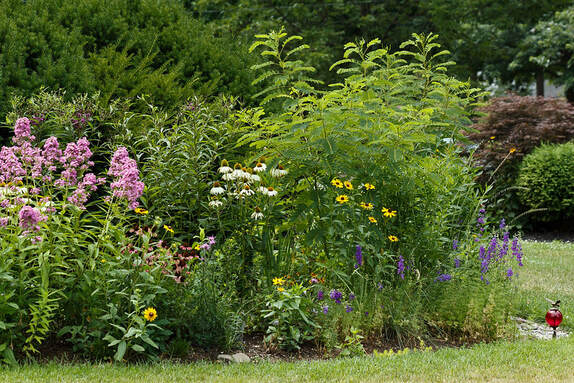
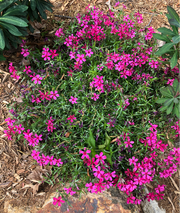
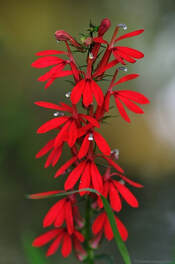
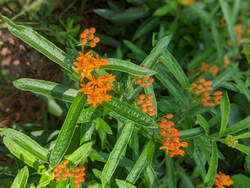
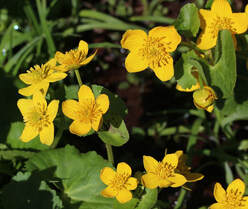
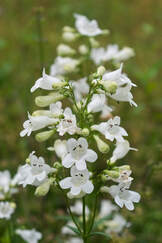
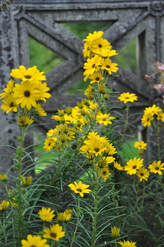
 RSS Feed
RSS Feed
